 |
| The view at Hoop Path EarthQuaker Tour 2013 in Dallas |
As part of Baxter’s lessons we spent time each day moving blindfolded without the hoop. Since all of the other students are blindfolded during these sessions it removes any stigma of being observed in our movements as well are removes judgment we may pass on ourselves. The first time I was introduced to this exercise I felt ridiculous and for the most part refused to allow myself to move more than the bare minimum. Being my second set of classes that used this exersice I was much more open to the idea and used the time to stretch and warm up. I now firmly believe that allowing yourself to move freely under the blindfold is very beneficial. Often during hooping I may look at my hoop or a point of reference but very rarely do I have the luxury of really observing the space outside my hoop while in motion. I found that during the warm up I could recalibrate my movements to be more grounded and less based on visual cues.
What I really love about a master hooping workshops is the approach the instructors seem to have towards movement. The difference I see between the leaders in the hooping community and average hooping instruction is an emphasis on movement. I am not saying there is no room for basic trick and hooping instruction because it is absolutely essential as well. We all spend time working on learning how to move a hoop from the waist to our shoulders or do a basic lift. Where a hoop workshop differs from basic instruction is learning the economy of movement and how to help your hoop become more of an extension of your own movement rather than trying to drag the hoop through space. Baxter uses mythology, drills and open practice to help impart and then solidify some of the techniques he uses when hooping. Learning anything from small changes in my stance to where in the rotation I was making connection with my hoop made worlds or quickly identifiable differences in my hooping. We spent a fair amount of time on the second day working on angles and instead of muscling my way through the angles I have found I can now casually incorporate them into my dance. For me the movement portion of the workshops are crucial. Since I already know many tricks learning to smooth my movements and understand the dynamics of where my hoop is being propelled from helps to add both reliability and style to my flow.
One of the portions I was most excited for during the weekend was folding. Folding is quickly becoming one of the more popular terms being passed around the hooping community and I went into the class with only a vague understanding of the concept. Most commonly I see folding described as moving the hoop through a 3 dimensional space rather than maintaining on the vertical or horizontal plane. In the most basic sense of the term I suppose this is true but Baxter has taken the action of singular fold and expanded it to an entire technique and style. As Baxter teaches it folding it is no longer just a transitional trick between vertical and horizontal planes but rather a gripless connection of hoop and dancer. The hoop becomes an extension of the dancer and moves off a series of connections and hinges with the body to endlessly fold in new and unexpected ways. Learning to continuously fold in the Hoop Path style is very much like learning to hoop again and if you are feeling rutted in your hooping this can definitely help change tracks.
Baxter demonstrates gripless continuous folding
I always leave these workshops with lots of newly polished techniques under my belt and ready to tackle the unknown. I am grateful for the hoopers in the community who make it a point to share their discoveries and push the limits of our beloved toy. Finding some much versatility in such a simple object really speaks to the potential diversity in all of our endeavors simple or complex if we take the time to push the limits.
Are any of you planning to attend a hooping workshop soon? Do you have a favorite instructor?

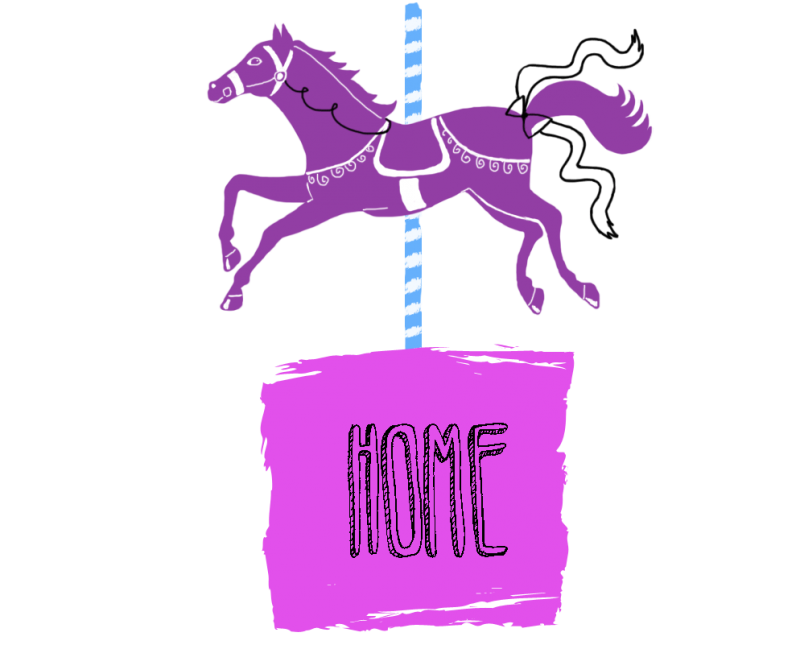

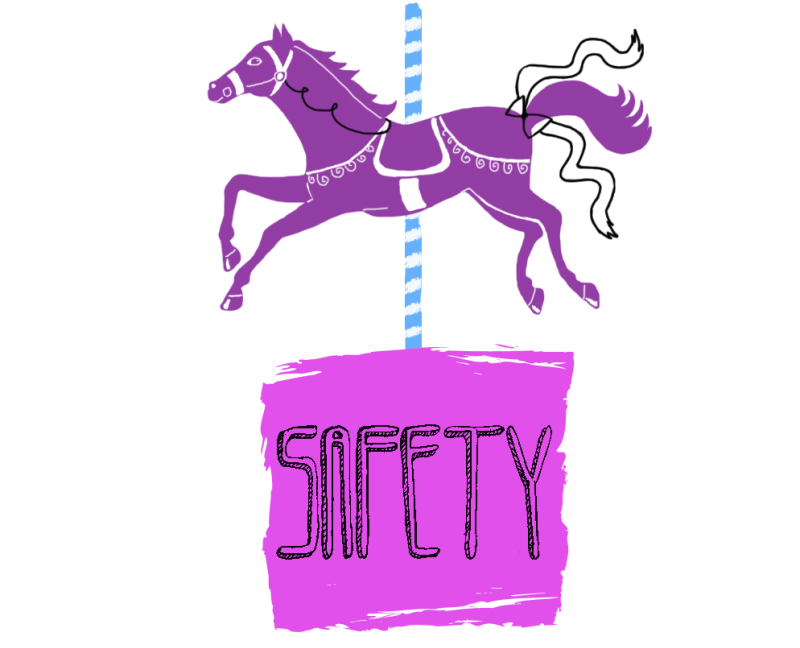

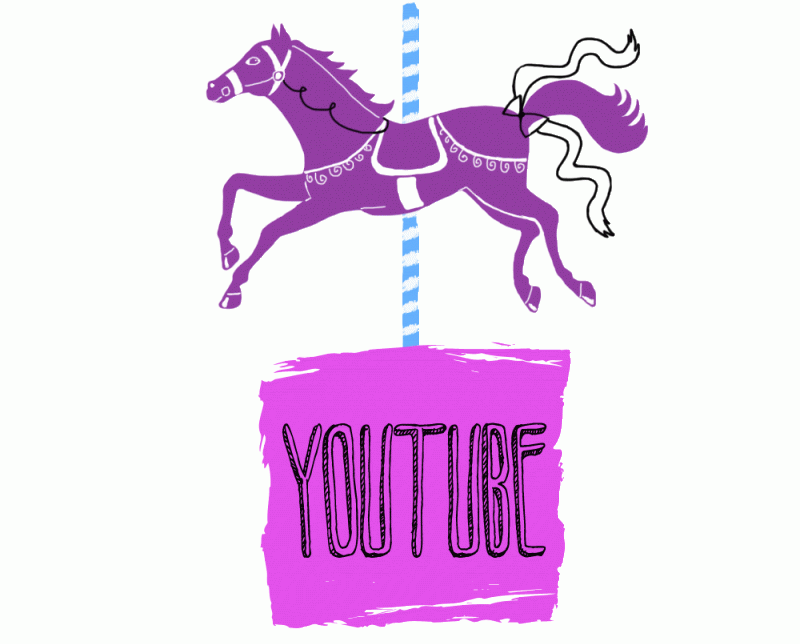
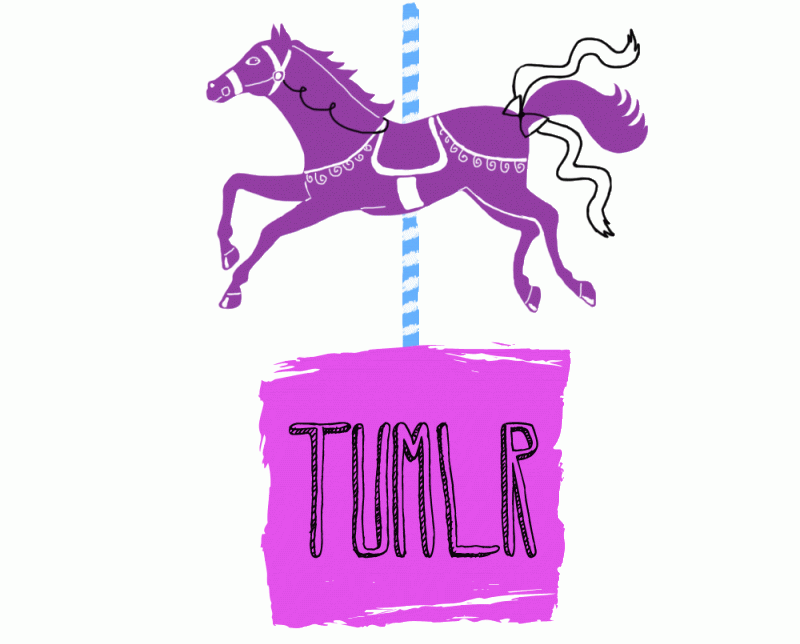
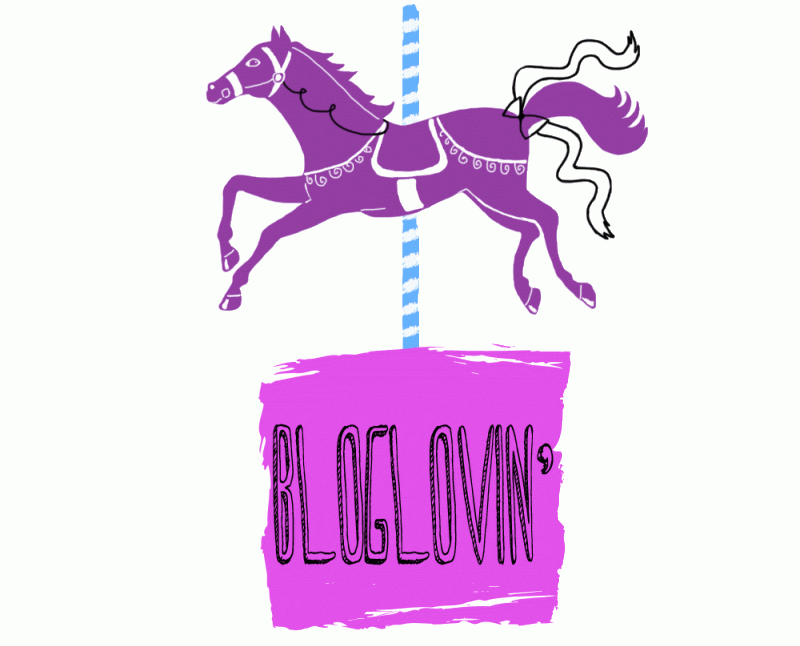
No comments:
Post a Comment